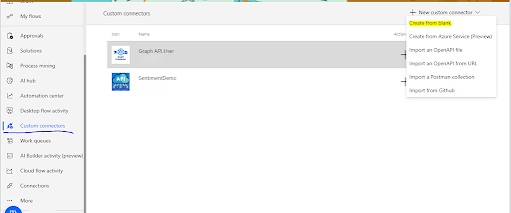Merge Data Tables vs Join Data Tables in Power Automate Desktop
DT Merge Data Tables vs Join Data Tables in Power Automate Desktop Quick reference for action selection, behavior, and constraints Merge Data Tables Purpose: append rows from one data table into another. Use when two tables share a common structure or when stacking rows is the goal. Inputs: primary table variable, secondary table variable, merge mode option. Merge mode handles schema differences: add extra columns, ignore extra columns, or error on extra columns. Behavior: rows from the second table are added to the first table variable. Limits: no relational matching, memory usage for large tables, result is in-memory only. Join Data Tables Purpose: perform relational-style joins using key-based rules. Use when rows must be matched between tables and fields from both tables are needed in the output. Inputs: first table, second table, join type (Inner, Left, F...


